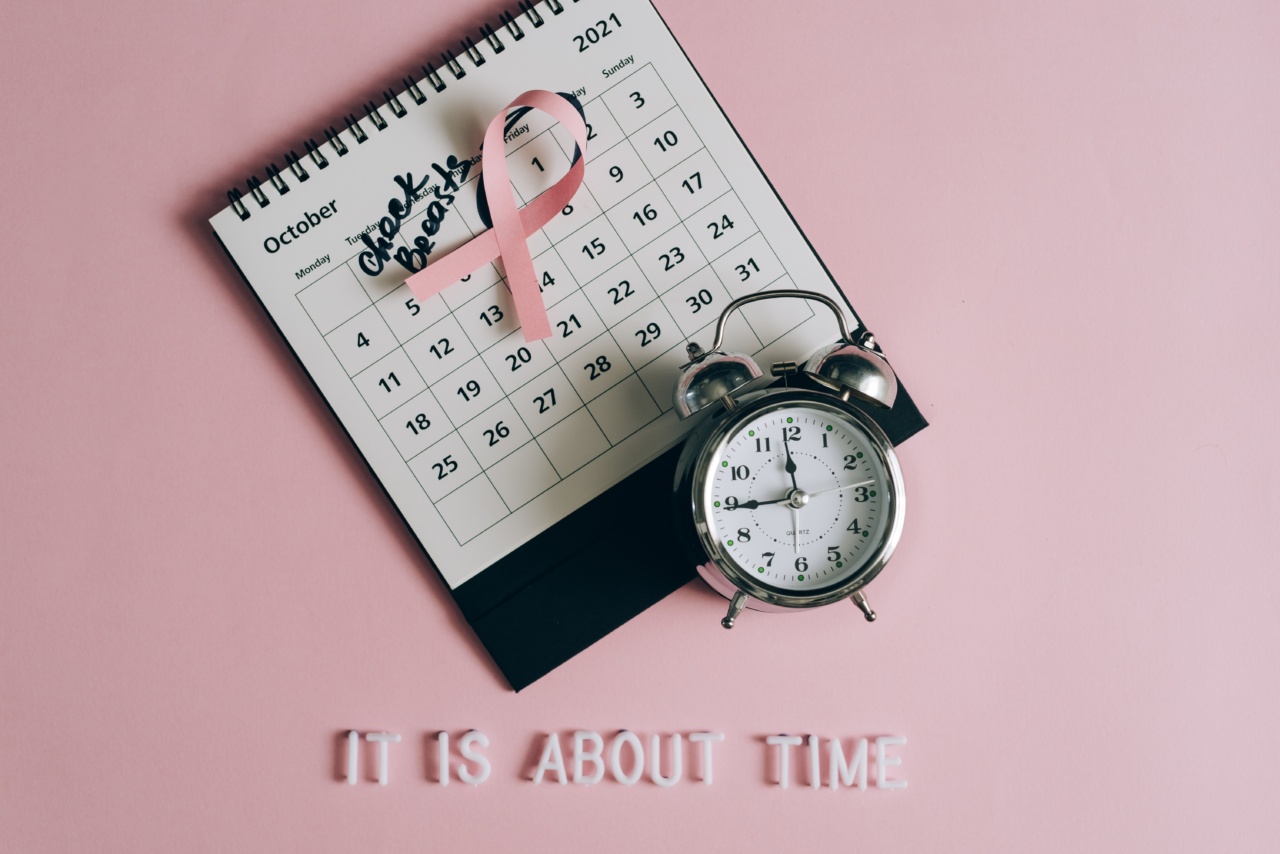Our nails can reveal a lot about our health. They can indicate nutritional deficiencies, infections, or even signal the presence of certain diseases.
However, few people know that changes in their foot nails can also point to a potentially serious health issue: cancer. In this article, we’ll explore the connection between toenail changes and cancer risk, and what you can do to protect your health.
What are toenail changes?
When we talk about toenail changes, we refer to any alterations in the appearance or texture of the nails. Some of the most common changes include:.
- Discoloration (yellow, brown, black)
- Thickening or thinning
- Brittleness or texture changes
- Curvature
- Lifting off the nail bed
- Slow or abnormal growth
- Inflamed or painful nails
These changes can have many causes, from poor hygiene and ill-fitting shoes to fungal infections and chronic diseases. However, in some cases, nail changes can be a warning sign for cancer.
What types of cancers affect the toenails?
Cancer can develop in any part of the body, including the toenails. Some of the most common types of cancer that affect the nails include:.
- Squamous cell carcinoma – a type of skin cancer that can affect the nails, especially the big toe.
- Melanoma – a type of skin cancer that can also appear on the nails.
- Acral lentiginous melanoma – a rare and aggressive form of melanoma that usually appears as a dark band on the nails or skin under the nails.
While toenail cancer is relatively rare, it can be deadly if not diagnosed and treated early. That’s why it’s important to be aware of the warning signs and risk factors associated with this disease.
What are the warning signs of toenail cancer?
The warning signs of toenail cancer are similar to those of other types of skin cancer, including:.
- A dark or discolored band under the nail
- A black or brown streak on the nail
- A new spot or growth on the nail
- A nail that becomes thick, deformed, or misshapen
- A nail that detaches from the skin or nail bed
- A nail that bleeds, oozes, or has a foul odor
If you notice any of these changes, don’t ignore them. See your doctor or a dermatologist for an evaluation and diagnosis.
What are the risk factors for toenail cancer?
Some people may be more susceptible to toenail cancer than others. The risk factors for this disease include:.
- A history of skin cancer or other types of cancer
- A family history of melanoma or other skin cancers
- Excessive exposure to UV radiation (from the sun or tanning beds)
- A weakened immune system
- Chronic infections or inflammation in the nails
- Age (toenail cancer is more common in people over 50)
- Being male (toenail cancer is more common in men than women)
If you have one or more of these risk factors, it’s especially important to monitor your toenails for any changes and to practice sun safety.
How can you protect yourself from toenail cancer?
While there’s no surefire way to prevent toenail cancer, there are several steps you can take to reduce your risk:.
- Practice good nail hygiene: Wash your feet regularly and dry them thoroughly, especially between the toes. Trim your toenails straight across and avoid cutting them too short or too close to the skin. Use clean, sharp nail tools and never share them with others.
- Protect your feet from UV radiation: If you spend time outdoors, wear protective clothing and use a broad-spectrum sunscreen with an SPF of at least 30. Avoid tanning beds and prolonged sun exposure during peak hours (10 a.m. to 4 p.m.).
- Manage chronic conditions: If you have a chronic infection or inflammation in your nails, such as onychomycosis (fungal infection) or psoriasis, seek medical treatment to manage the condition and prevent complications.
- Get regular skin checks: If you have a personal or family history of skin cancer or other risk factors for toenail cancer, see a dermatologist for regular skin checks. They can detect early signs of skin cancer and recommend appropriate treatment if necessary.
By taking these steps, you can help protect your feet and nails from cancer and other health problems.
When to see a doctor
If you notice any changes in your toenails, don’t hesitate to see a doctor or a dermatologist. While most nail changes are harmless, some can indicate serious health issues, including cancer.
Early detection and treatment can improve your chances of a successful outcome and protect your health.






























